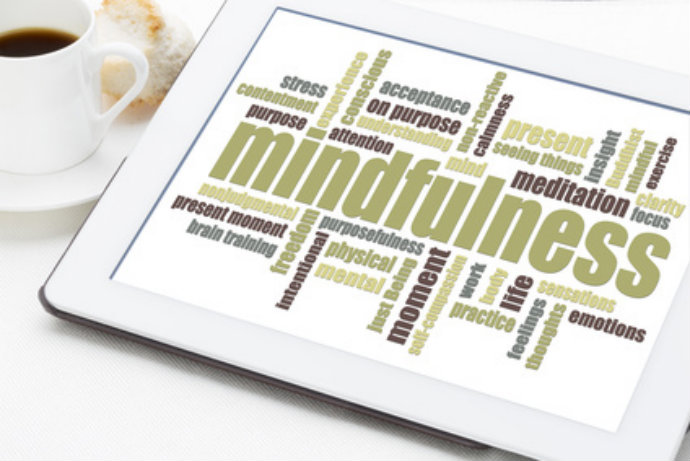Mindfulness Matters
From the cover of Time Magazine to countless articles in Forbes and the New York Times, Mindfulness has been getting a lot of mainstream media attention. The reason? Mindfulness has been scientifically proven to help deal with the challenges of today’s world – namely a lack of concentration and constant distractability. It’s also been confirmed to have many more benefits.
What is mindfulness?
The definition: Training attention and awareness in a nonjudgmental way
It’s training your attention to be in the present moment rather than ruminating about the past or fretting about the future. It’s also about bringing your attention to your thoughts, emotions, and sensations as well as being aware of what is happening around you. The nonjudgmental piece is about being with what is without the need to make it “good” or “bad” or “right” or “wrong”.
While this sounds simple, the reality is that it is neither quick nor easy. Mindfulness is a discipline. You can’t just work out once and expect to be fit (trust me I have tried). If you want the benefits, you need to practice it regularly. Additionally although you may have good workouts and challenging ones, you don’t give up working out altogether. The same is true for mindfulness. It is an ongoing discipline.
Do I need to sit to do mindfulness?
There are basically two ways of practicing mindfulness – formally and informally.
Formal mindfulness is a seated practice in silence. It is important for two reasons. First, most of the scientific research is based on the formal practice. Second, the seated practice is the foundation of the informal or everyday mindfulness. The same way you need to learn how to putt and drive in order to play a game of golf, you need to learn the formal discipline to bring it into every day.
Informal mindfulness is essentially bringing mindfulness into everyday activities like eating, walking and meeting with colleagues.
Strategies to practice mindfulness
1. Take a few minutes to practice formal mindfulness
Taking a few minutes during the day to practice mindfulness is helpful – especially when it is busy or stressful. Shut your door, put your headphones on or go into an empty meeting room and practice anywhere from 3 – 10 minutes. It can help you get perspective and better manage your way through the rest of the day. You may want to try our 3 minute guided mindfulness practice
2. Bring your attention to an everyday activity
The next time you are making your morning coffee or tea, make it an opportunity to practice mindfulness. Bring your full attention to the activity noticing the aromas, the weight and texture of the kettle, the taste and the sensation as you feel the warm drink going down your throat.
Also try it in a meeting by bringing your full attention to the issue or person speaking and letting go of other concerns or items on your “To do” list. You may find that you listen and contribute in a different way with greater presence and awareness.
This may sound simple but when the last time was you fully present with an everyday activity. When I do this, it changes my experience from ordinary to extraordinary
3. Practice STOP
This gives you a chance to connect directly with your experience during the day.
Stop what you are doing
Take a few deep breaths
Observe your thoughts, feelings and emotions just as they are
Proceed with something that will support you in the moment. Talk to a friend, have a cup of tea or take a walk
Taking a break from our active mind helps overcome the overwhelm in our lives. It can also increase our self-awareness and the impact we’re having on others or the situation. To be a successful leader today, add the skill of mindfulness.




